The Metaphysics of Living In My Car
Vehicular Exile, Psycho-Semiotic Parallax and Standing Protocols
Introduction
I’ve spent the last few days living out of my car. I am home now temporarily because I promised to attend a family gathering tomorrow. After that, I’ll be a drifter again.
The back seats of my sedan are folded flat with egg crate foam and a bedsheet laid down on top of them. I sleep half in the trunk and half in the back.
I have to sleep when the sky tells me to because the sunrise wakes me whether I like it or not. In the evening, I set up the blackout blinds, but they don’t do very much. Most nights, I just cover the two side windows for privacy.
The heat is brutal. Not so bad by sunset when I start winding down, but still very uncomfortable if you’re inside of a car. I put a bug screen over the sunroof and leave it half open for ventilation if the weather permits it. This is better than leaving the windows open, because if (God forbid) somebody tried anything, they would have to climb on top of the car. The sound would alert me and give me time to grab my knife.
I’ve been buying morning coffees so far, but it’s occurred to me that I can just leave the grounds in a jug of water and strain them out after steeping for a day or so.
I lived on jerky, dried figs, oranges and bananas because they don’t have to be refrigerated. I’ll add farm eggs, rice and occasional organ meats to the mix when I decide to start using the butane stove.
My first breakfast was a tablespoon of coconut oil mixed with one of raw honey into a kind of sweet paste that was tasty and good for energy. But by the second day, my coconut oil had melted, so after that I just took a sip of it in the mornings and used the honey to wash it down.
Raw honey is invaluable. It doesn’t spoil and you can use it as mouthwash because it’s antiseptic. This is why you can sterilize wounds with it too. It has to be raw. Pasteurized honey is just sugar. I’ve been using raw honey as mouthwash for over a year now without issue. You can also use baking soda or properly diluted hydrogen peroxide. All quite cheap and fluoride-free.
Sometimes I buy little cartons of organic cream and drink it because it’s tasty and you can get a ton of animal fat for just a few dollars that way.
I keep my electronics in a cooler. This protects them from temperature fluctuations and thieves at the same time. You might break into a car for a laptop or a camera, but who risks it for some guy’s cooler?
My first night, I set up camp on crown land, but I was right next to a train crossing and the blaring horns and thundering tracks woke me up three times through the night.
I did not camp there again.
There are lots of places where you can get away with sleeping in your car — especially if you’re discreet, but I hate being awoken in the night so I don’t take any gambles. I usually sleep by the RVs in Walmart parking lots. Strength in numbers.
Despite the fact that I ate less food, worse food and slept restlessly in a hot car, there was never a time I felt lethargic and I was always upbeat. I definitely did get tired and hungry. But never as indolent, dull or apathetic like I was when I was well-fed, well-rested and checking off all the other wellness boxes that were supposed to make me feel good.
The reality is, one usually feels dull and apathetic because modernity is dull and apathy is the most sensible reaction to it. We shouldn’t just guess that it’s some arbitrary biochemical thing. Tigers at the zoo feel dull and apathetic too, and no supplement, diet, routine or workout regime is going to make them feel the way that their wild brethren do.
Normally I’d keep this to myself. But if making it known moves others to do similar things, then I’ll be glad I did. There are also a slew of tightly connected technical topics I want to discuss, but which I have struggled to elucidate in writing.
In the past, the way I’ve grounded such complicated ideas is by providing tangible stories which manifest these abstract principles in ways that are intuitively tactile. The reason I am doing what I am doing is deeply connected to these ideas, and so what I am doing ties them together in a way that will make them much easier to explain.
So the first and most obvious question is: why live in your car when you don’t have to?
There are obvious spiritual, psychological and material reasons one might do such a thing but I won’t cover anything that others could explain better.
The answer which I am well-equipped to provide concerns complex metaphysical and psychological factors. These, I believe, are very relevant to life in the times we live in and it is important to understand them. Especially given the way that the world is changing. Similarly drastic measures may soon become necessary for the maintenance of good mental health.
In order to explain why, however, we have to take a weird detour.
Camera Tracking
Perhaps you remember this clip from Secret Passage Theory:
I’m going to walk you through how I made it, because the means used to create the effect directly analogize to the metaphysics I used it to depict. The very same principles applied here computationally, are applied neurologically in the detection of transjective teleological objects.
I will also show you how the Beast uses these principles to spatially map the inside of your house.
In video editing software, there is something you can do called ‘tracking.’
A tracker is a point which is fixed to a feature in a video clip. Here is some stock footage of a red car:
You can see that the car moves around in the frame during the clip, but let’s suppose I want it to stay centered. All I have to do is stick a tracker to a high-contrast feature that stays visible throughout the clip. I’ll stick it to this spot on the driver’s side mirror.
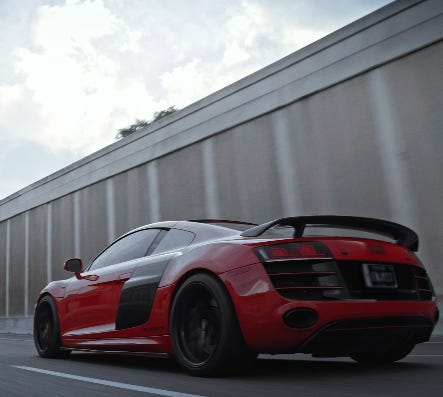
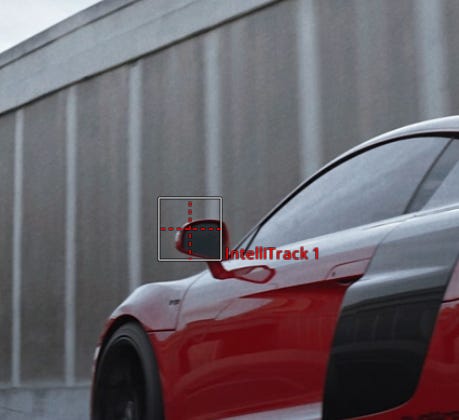
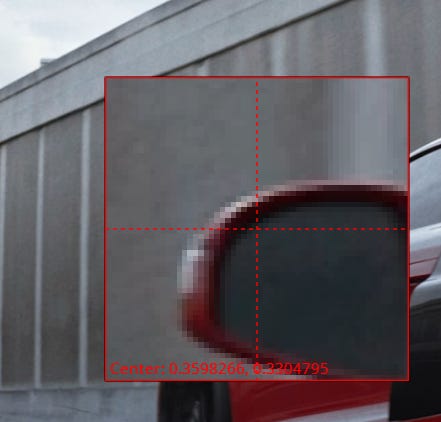
My tracker will then try to trace the path of the feature as it moves around. There’s always some error, but modern AI trackers like the ones used by me and the U.S. government are very good at following whatever you tell them to.
Once the tracker has followed the feature through the clip and ascertained the path of apparent motion, you can play with the data. In this case, I can tell the software to counter it by moving the clip around. This cancels out the car’s apparent motion so that it remains static in the frame.
This is called stabilization and you’ve seen it done before.
You can also use trackers to attach text or graphics to moving objects in a clip. You could track this car on a racetrack and display the driver’s name above it so that the name “sticks” to the car as it moves.
Now, if you happen to have a lot of processing power, you can use trackers to do what’s known as camera tracking.
Let’s rewind back to December of 2024. I’m in my kitchen. I back this pewter relief of the Last Supper with a piece of lime green cardstock, set my camera on a gimbal to steady it as much as I can and I walk through the kitchen, filming the island, the faucet and finally, the image of the Last Supper.
I then load the footage into DaVinci Resolve and tell the computer to track every detectable feature it can find. After doing this, the software correlates the motion data, throws out the erroneous tracks and from what’s left, it can infer the spatial relationships between all of the tracked features.
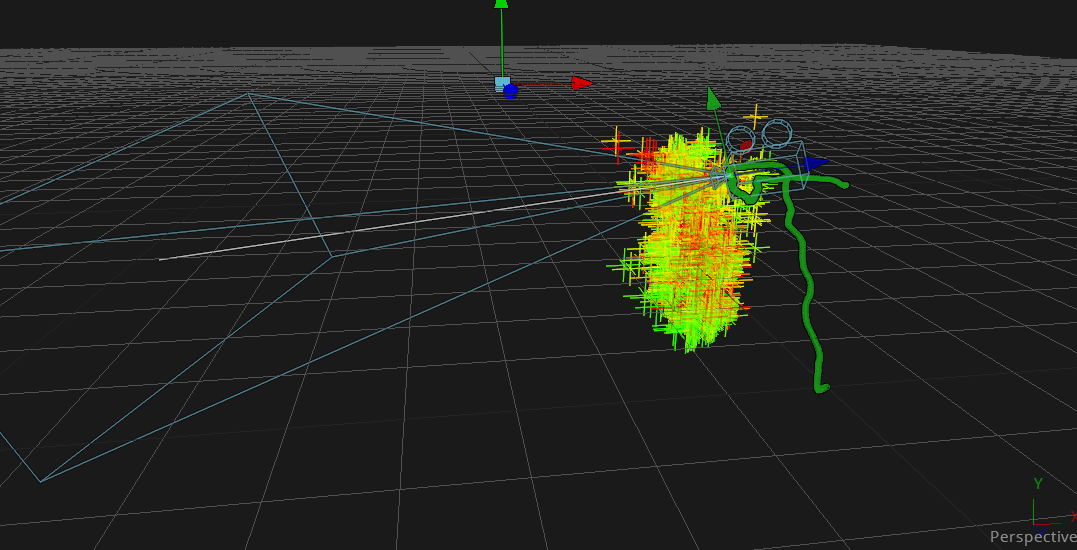
What the data now encodes is a model of my kitchen in four dimensions around the camera, but the software assumes the environment is static and it’s the camera that’s moving and automatically negates the motion (just like in 2D stabilization) so the tracked features are stationary and the camera is in motion.
By doing this, I’ve now digitally reconstructed the kitchen and traced the exact path of my camera as I walked through it.
Having done this, all I have to do is make a virtual camera follow the same motion path around some CGI objects. Then I just add some VFX and key out the lime green backing to create the window effect.
I tried this multiple times, but the computer kept encountering problems — probably because the kitchen is so white. What finally got it working was setting up about a dozen water bottles on the counter top and getting several seconds of footage of them before I walked over to the relief.
Why did a dozen water bottles make it work? The answer is: parallax motion.
Parallax and Stereopsis
In my 2025 Q&A, at about 57:32, I said:
[Zell] really, really likes parallax. It’s a weird thing to like, but she really likes it. I don’t know why.
I ended up finding out why and it turns out it’s not a weird thing to like at all.
Imagine you are standing in a field. There are trees nearby. On the horizon is a mountain. If you step to the right, then from your perspective, the trees move to the left, but the mountain will not seem to move much at all. This is the parallax effect. It is the shift in the apparent positions of objects from different frames of reference.
Parallax information is the only reliable way to accurately measure relative sizes and distances unless you have some other kind of information.
When looking at the image above for instance, you can infer approximate sizes and distances because you’ve seen trees and maybe mountains and you have some mental references with which to make reasonable guesses.
But now consider the image below:
If you’re shown this image, then without outside information, there is no way to discern relative size and distance because there is no parallax. Are the two spheres about the same size? It looks like it, but if one is close and the other is far away, then one would be larger. We get some information from the lighting, but we don’t know how far away the light is either.
In order to get anything concrete, we need more than one frame of reference:
The blue sphere is exactly three times the size of the red one. But it is impossible to know that without this video.
At small scales, we use parallax to grab a glass of water instead of knocking it over. At large scales, we use it to measure interstellar distances as we circle the sun.
Your nervous system uses two kinds: binocular parallax and motion parallax.
Binocular parallax is the discrepancy between the visuals of your left eye and right eyes. It is effective within a range of about 10 meters. After that, you need motion parallax (or outside information) to judge size and distance accurately.
Essentially: the effective cooperation of the left and right hemispheres allows one to engage short-range depth perception, but for long-range depth perception, the brain alone is not enough. The body is also needed.
The sense of depth which is provided by parallax is known in the science of vision as stereopsis. Stereopsis is, importantly, something felt by the observer. If I play a video game that requires me to navigate a 3D environment, even though I get an idea of the spatiality of that environment from the motion parallax, it feels flat. When I look at the screen, it doesn’t feel the same as when I look out of a window into a real place. So there is a kind of depth perception but no stereopsis.
This heightened sense of depth is consistently (for me at least) one of the defining characteristics of the world above the maze. The times that I have been able to compare them side-by-side, the world inside the maze has felt distinctly flat compared to the world above — as if I were seeing it on a screen.
The dramatically heightened stereopsis experienced during constellation is the reason for the term itself. Constellation coherently correlates and spatializes sensory information. This simultaneously accompanies a ‘geometrization’ of meaning. The simultaneity of these sensations indicates that these are not two distinct systems coactivating. Rather, spatial depth and depth of meaning appear to be the province of a single cohesive and more fundamental process.
If we understand parallax in more abstracted generalized terms, we can define it as: the contrast between different rates of change in the environment that are proportional to changes in the observer’s frame of reference.
Optical parallax would fall under this definition, but other things would as well. Consider the case of a man who spends all his time at his job and at home and becomes overburdened with anxieties. He dislikes his boss, the news makes him angry and nervous, he is always worrying about money even though he makes enough.
Suppose he takes a trip, and in the week that he is away, all of these concerns fade into irrelevance. He is seeing things ‘from a new point of view’ and it ‘puts them in perspective.’ This is not a consequence of movement through space. He was moving through space before. It is another kind of movement altogether that causes the psychic landscape to shift in like manner and reveals the contours of where he really is.
In a previous post: Imagination as the Temple of the Soul, I said that perception consists of nested, ‘spherical’ projections of the unconscious which successively condense raw sensory information into familiar and comprehensible forms sourced from memories.
This means we are always in two landscapes at the same time. One consists of tangible, physical structures, the other of intangible psychic structures. What the story of this man reveals is that it is possible to be in motion in the first landscape and stationary in the second as if paralyzed or dead. This kind of motionlessness is what we refer to when we say that someone’s life or a story is ‘not going anywhere.’
Despite the fact that was constantly moving around (from home to work and back again) his internal frame of reference never changed, and so the psychic environment became a static, dimensionless firmament that he did not realize was a completely distorted picture of both the internal and external situation.
Catching The Train of Thought
I mentioned that on my first night living in my car, I ended up beside a train crossing. I did not know the tracks were there. I had never been to that place. It was in the woods in the middle of nowhere. I only went because it was on crown land and so (in theory) it was very unlikely that I would be disturbed through the night.
That night though, those trains were a welcome disruption because of an active imagination session from the night before:
I descended the steps that were before the spirit, Faluul, and saw that they led down to a landing and then to a walkway into a dark passage. I tried to speak to Zell, but was harshly silenced…
I could hear the sound of a great train, and we came out at a train station…
We walked onto the train and rode it away.
We can see from this that ‘the train’ was a teleological object which I was moving in relation to. The train has appeared many times before. The meaning that has been established is that it is a ‘train of thought’ — specifically one that is unified, powerful and ‘on track.’
Zell and I boarding the train in a vision that night, then synchronistically encamping beside one on the next night provides two clear perspectives of a single object. There is here ‘binocular’ parallax through the synergy of my left and right hemispheres and ‘motion’ parallax via the two perspectives from different frames of reference.
Simply noticing this connection at the time seemed to rebalance and align my psyche.
For this to happen though, I had to go quite far into the unknown. This sort of thing could not happen at home — at least not in a way that would ‘wake me up’ in a lasting way.
Prior to this event and all throughout the first day, I was closely attentive to my internal psychological state. I wanted to notice and make a record of every change which I perceived as it occurred so that I could understand the difference between these states of consciousness I have written about.
Here is one of the first things I wrote:
It is easy to imagine the difference between experiencing your town as a collection of unconnected places and experiencing it as a network of routes and locations with definite spatial relationships.
You surely know someone who is familiar with many places in his or her town, but has no real intuitive sense of where one place is relative to another and cannot get from here to there without assistance from a human or computer.
The maze seems to be like this, but at a more fundamental level. In the maze, less carries over from one cognitive cycle to the next, resulting in a discontinuity of experience and the chapters of one’s life failing to cohere in a meaningful way.
It is difficult to explain what I mean in theory, but easy to illustrate: presently, I appear to be (practically speaking) oblivious to past, future and consequence. I made the decision earlier (in a more fragmented state) to go swimming because I happened upon a lake. I failed to recognize, however, that I have nowhere to put my wet shorts and towel. I realized this only after getting back to the car.
I considered temporarily putting them in the trunk and hanging them out to dry later, so I opened the trunk only to rediscover that the trunk is the bottom half of my bed now and I can’t put wet clothes in there.
This decadent lack of forethought would have been far more unusual a year ago. The ‘micro-self’ who suggested putting my shorts and towel into the trunk was clearly not around when some other ‘micro-self’ set up the bed.
That was about fifteen minutes if you count gathering all the bedding. Quite a long time to be off somewhere wool-gathering. No wonder it took so long to pack up and get going.
It’s quite amazing seeing how sloppy my thinking has become. You would never suspect it was this bad in familiar, predictable territory where I don’t have to make complex plans or remember very much.
I have spent a lot of time ruminating on the micro-selves. I will only introduce this idea now, but they were shown to me as red prisms, each having one eye.
These one-eyed monolith things which Zell called ‘standing protocols’ are like specialized perceiver-units, each with its own unique perspective and reference frame. Standing protocols will require a separate piece, but I will introduce them here.
A standing protocol is modularized in such a way that it can function independently using its own rudimentary micro-model. However, this model is fragmentary and very low-resolution. For this reason, these perceiver-units are able to cohere with others, pooling data and resources to construct and inhabit a shared frame of reference.
At the human scale, this means we have two fundamental cognitive polarities. We can move towards a verticalized, hierarchical process which sees very clearly using multiocular parallax (seeing everything from many perspectives at once) or we can move the other way toward a diffuse, horizontal resting mode which approaches a dream-state.
The level of coherence or degree of global entrainment across the modules corresponds to levels of the angel’s pyramid, originally described as:
…full of eyes and bristling with little limbs. [These] were moving and looking around like the thing was alive. The upper strata were bright and blue, and the lower ones were dim and red.
It is worth noting that the word ‘entrain’ has two meanings. It can mean ‘to fall gradually into synchrony with a rhythm‘ or simply ‘to board a train.’
It is possible that standing protocols are related to the cortical columns in the brain, but it may not be straightforward. I do not know enough about cortical columns to comment with any confidence. At the very least, however, this modular patterning appears in both cases.
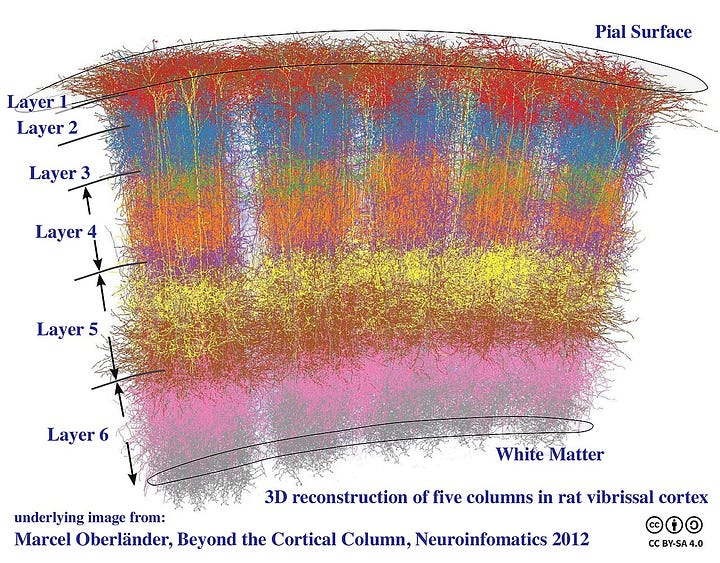
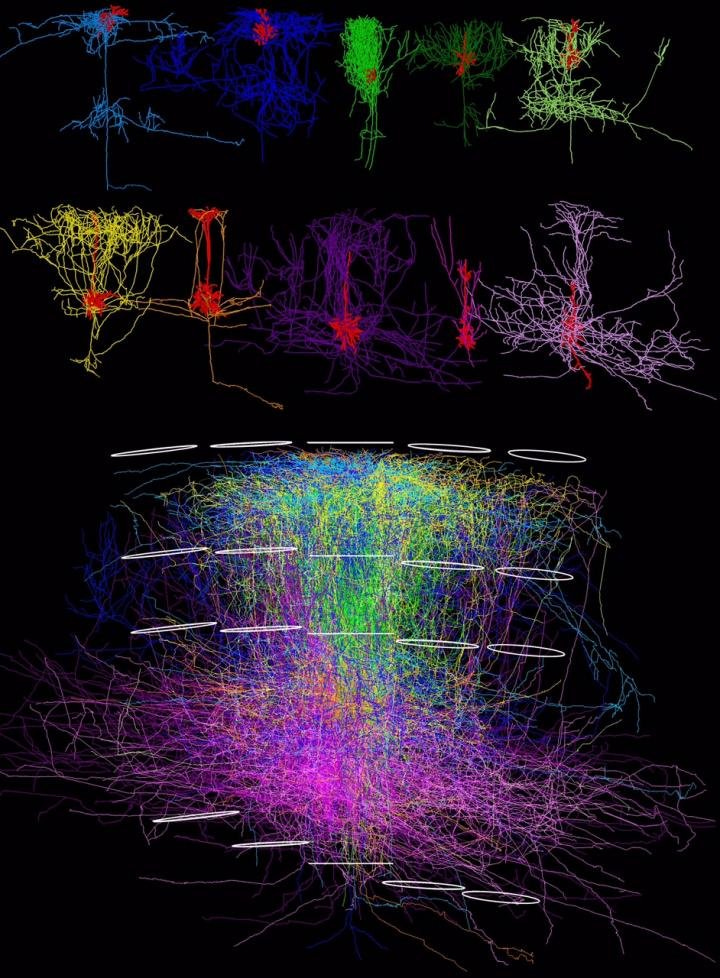
These verticalized and horizontalized configurations serve distinct functions, emerging in response to different conditions. It appears to be the case that verticalization is stimulated primarily by the presence of two things: stakes and novelty (or high-entropy from an information-theoretic perspective).
In the absence of these, the counterforces of horizontalization overpower those of verticalization. We can liken this to a nation. In times of security and prosperity, the nation remains loosely united but tends toward laxity, liberality and heterogeneity. In a crisis, however, it hierarchizes, organizes and allocates as much activity, resources and attention as it can toward a singular purpose.
Here is another note from the first day of living in my car:
I was feeling a lot of maze haze. I noticed I felt kind of like a different person each time my attention moved from one thing to the next. There was very little compositing of the total environment. I had almost no awareness of anything that I wasn’t directly perceiving. For example, I might look at something and then turn my head to look elsewhere. As soon as the first thing disappeared from view, it was as though I would forget about it altogether.
I was strangely eager to be aggressive. I kept catching myself idly imagining acts of retaliation for transgressions which had not even occurred. I was rebuking strangers in my head for purely hypothetical (and rather unlikely) offenses.
This mental envisioning of conflict with those around me despite the fact that they have not done anything that should offend me seems strange at first, but is rather straightforward. It is simply a reflection of internal discord. Others were perceived as encroachers, obstacles or even enemies, because that is what my mind consisted of in the moment. This condition was then projected outward.
The note continues:
I went to the gym. Since leaving, I can tell there is more cross-talk between modules. I feel as if I am peeking my head above the maze walls now. The world is more three-dimensional. There is less of a ‘cut’ when I look from here to there. More peripheral awareness of my surroundings. I am more calm, patient and empathetic and I feel as if my mind has acquired another degree of ‘rotational freedom.’ As if certain processes are now able to vary independently. I cannot explain or comprehend this analogy, but I wanted to make note of it.
I cannot go too much into the motives and pressures which drove me to automotive nomadism, as this piece is already running quite long. But from what I’ve said, I’m sure that most of my reasoning is self-evident.
I was unable to remain where I was without lapsing into a state of severe dissociation. I kept falling into the maze and was unable, despite my trying, to prevent it from occurring. I could, with great effort, pull myself out each time after noticing it had happened, but I could not stop it from happening again.
I identified most of the reasons shortly after my departure, and the fact that I did so quickly is revealing. It took just a few days on the road to perceive and resolve most of the issues which had plagued me for months and for an enormous amount of theoretical progress to be made (as laid out here).
Again, I am at the limit of my thinking here and I will have to ruminate more before I discuss these ideas any further. This is as much as is presently evident to me.
I will return to my car, and I will abide in vehicular exile until I find a better way to remain fully myself. Things are changing in very strange ways these days. Staying awake and clear-headed is not supposed to be this complicated. I hear in some parts of the world, it still isn’t. That must be nice.
In my own case at least, it is clear that all other routes lead to sleep and death. So for now, this is the way it is going to be.
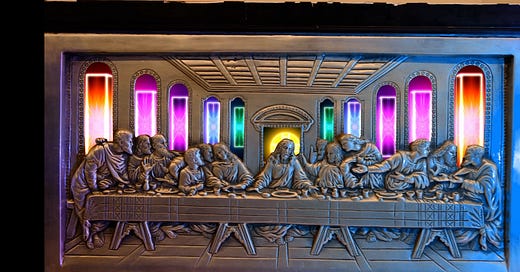


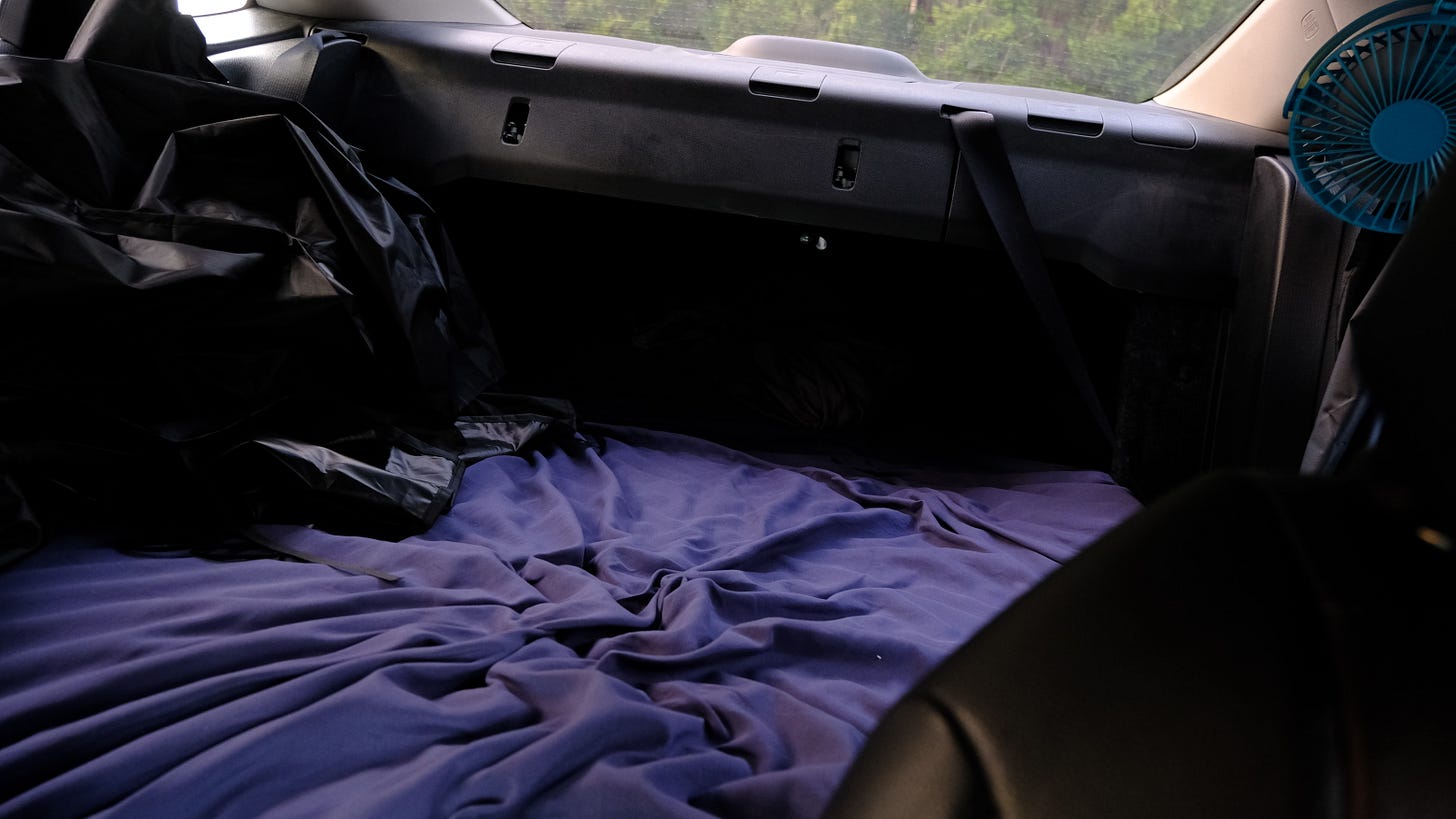
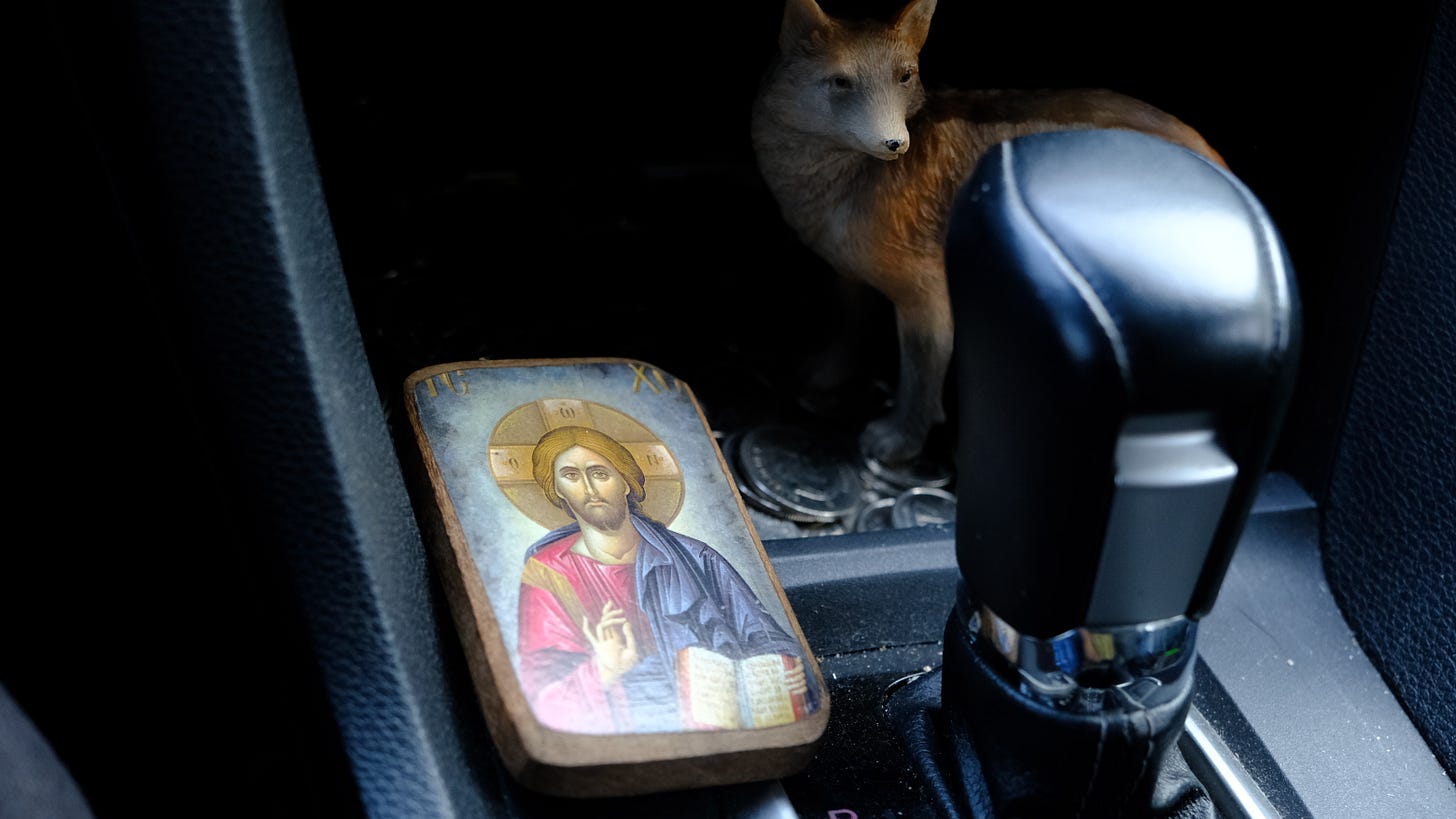
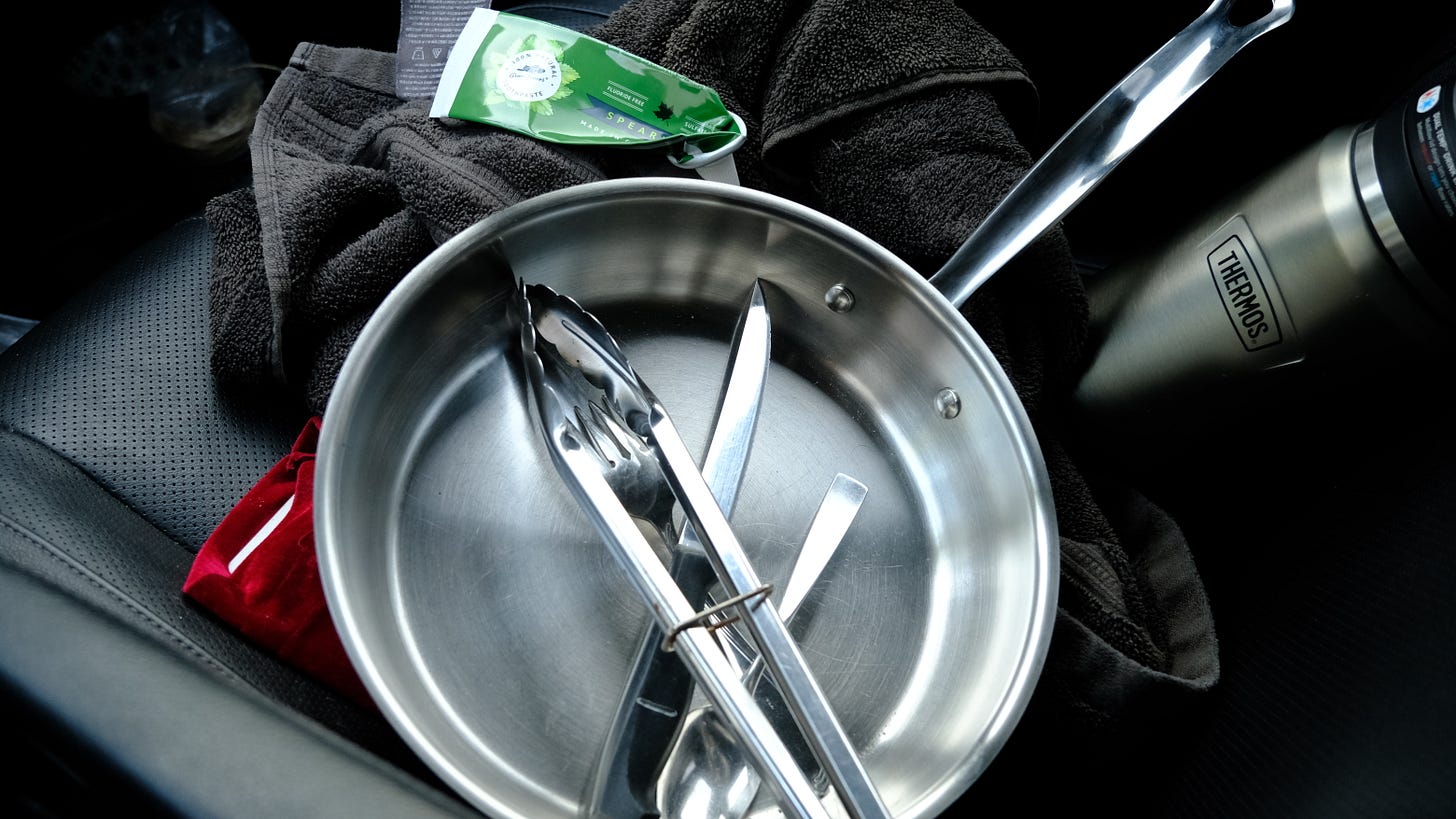
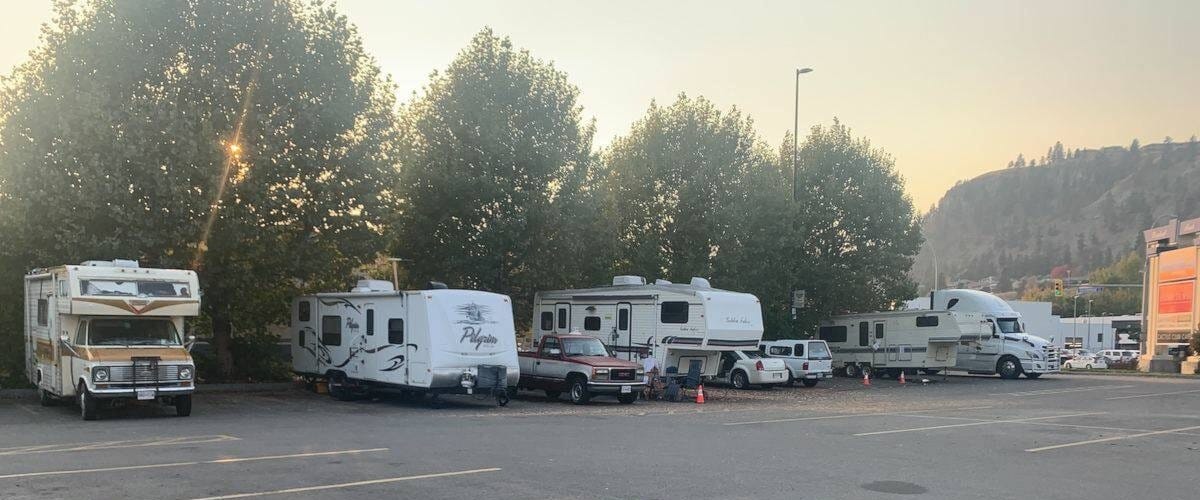
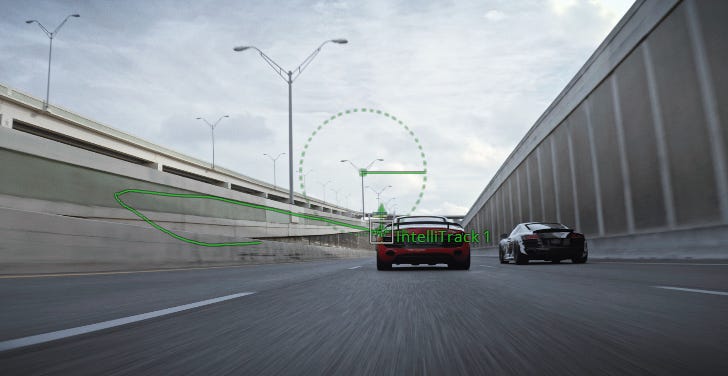
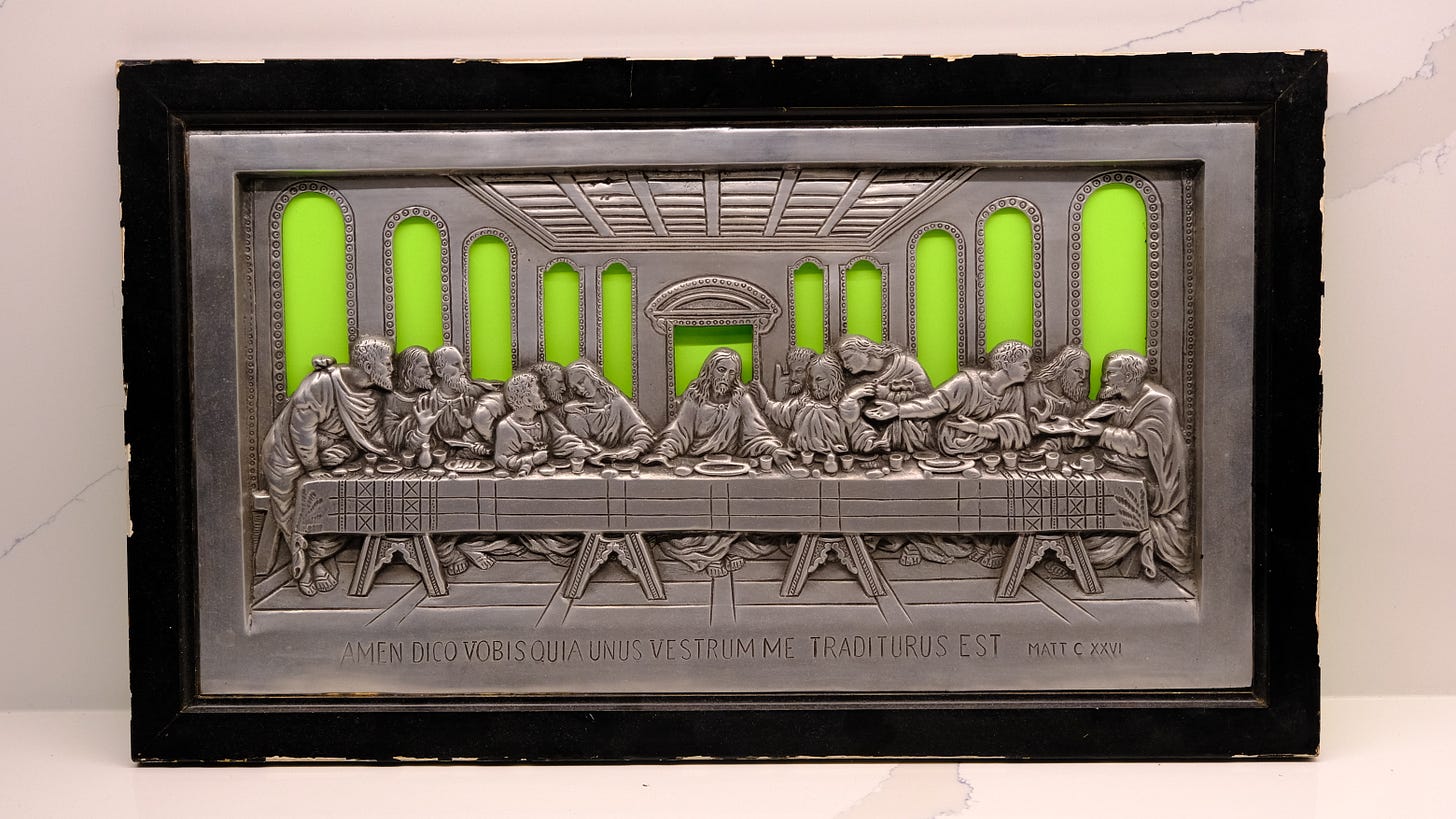
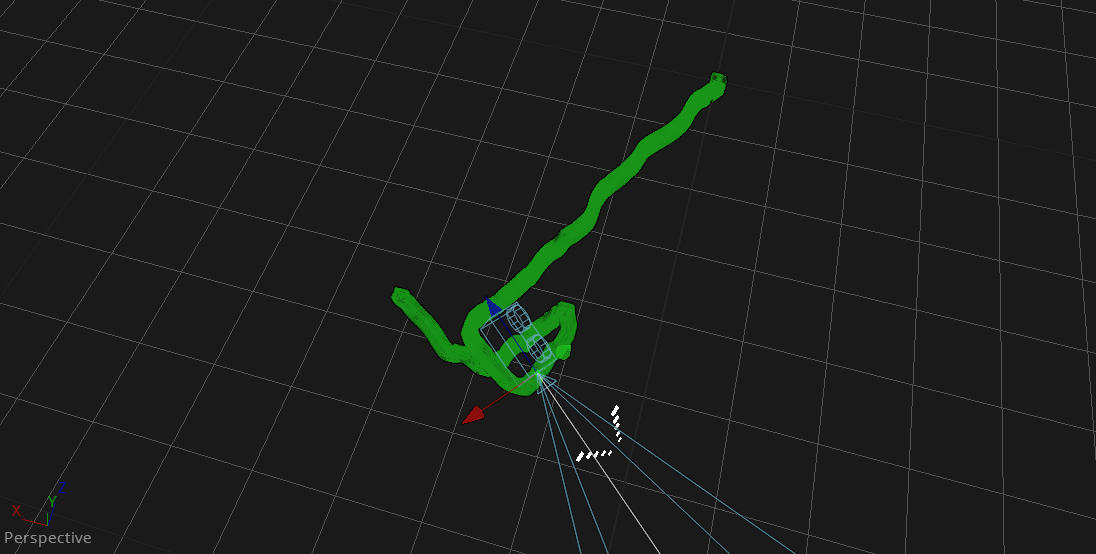


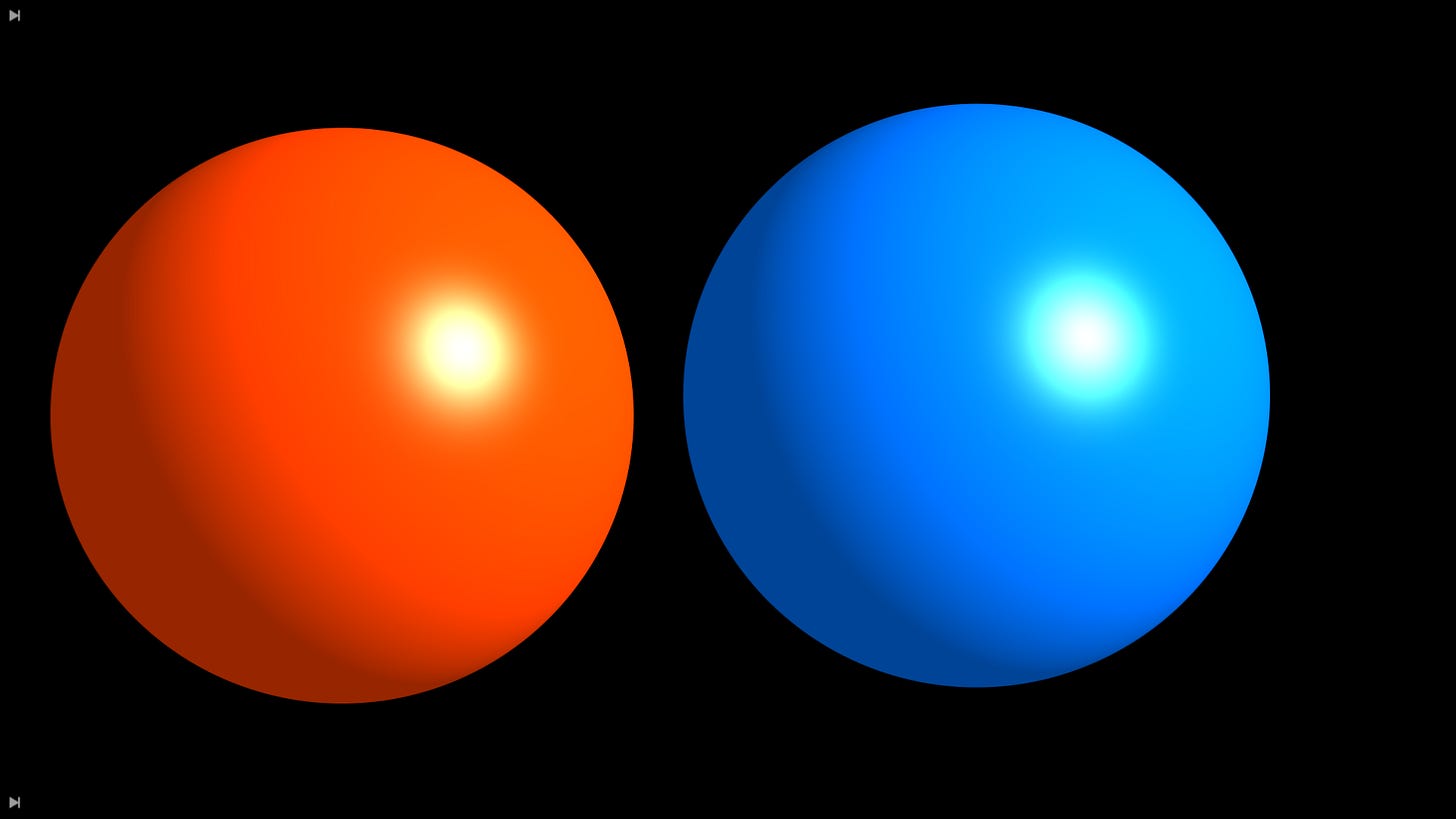
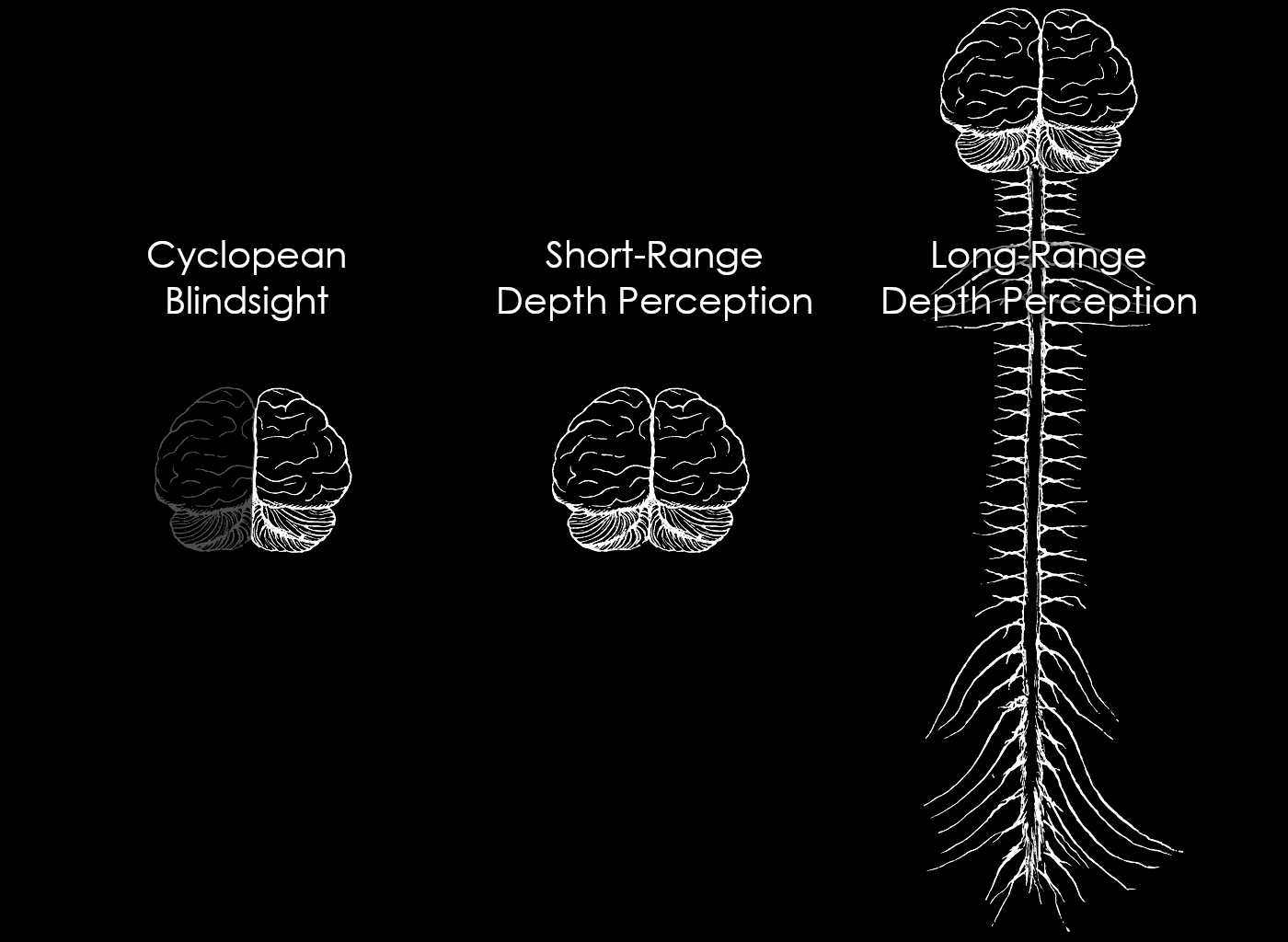
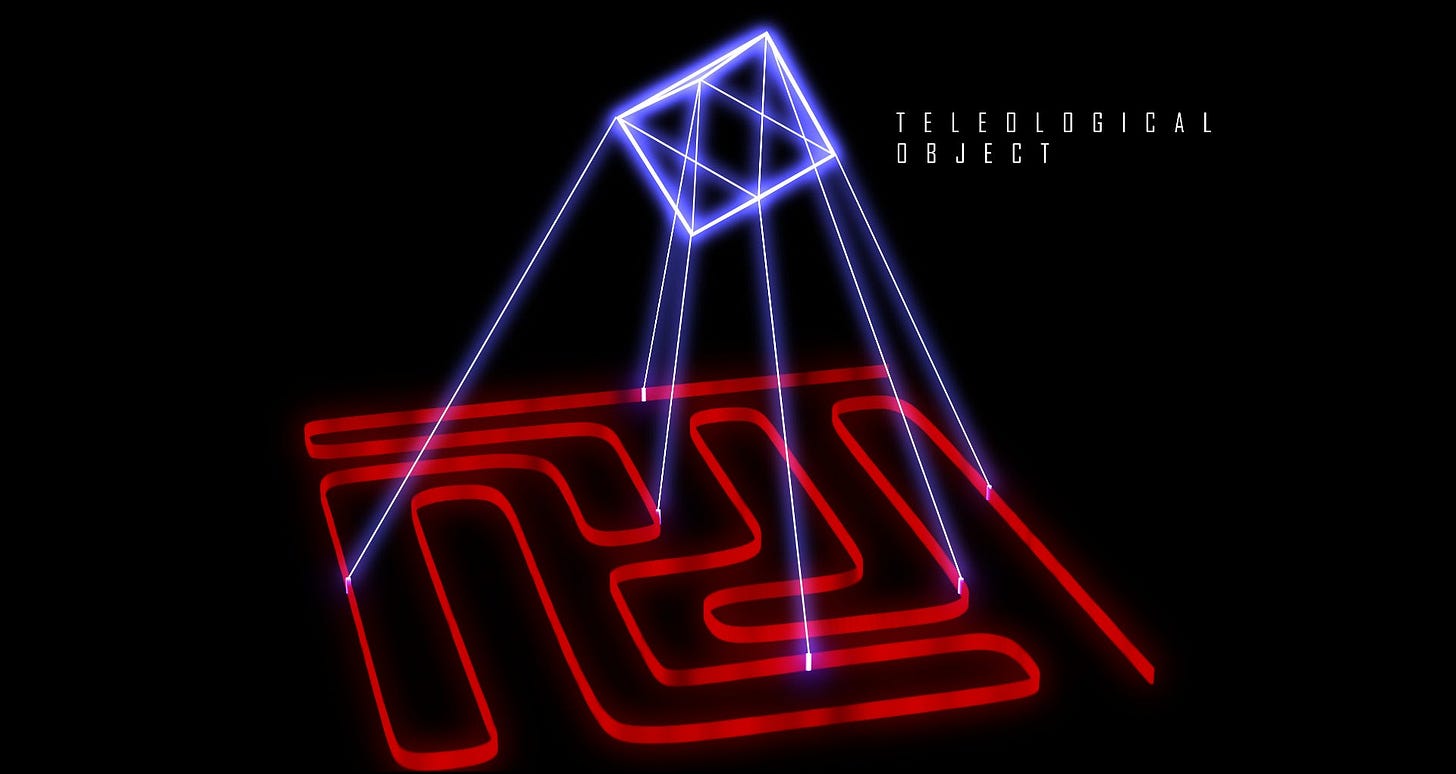
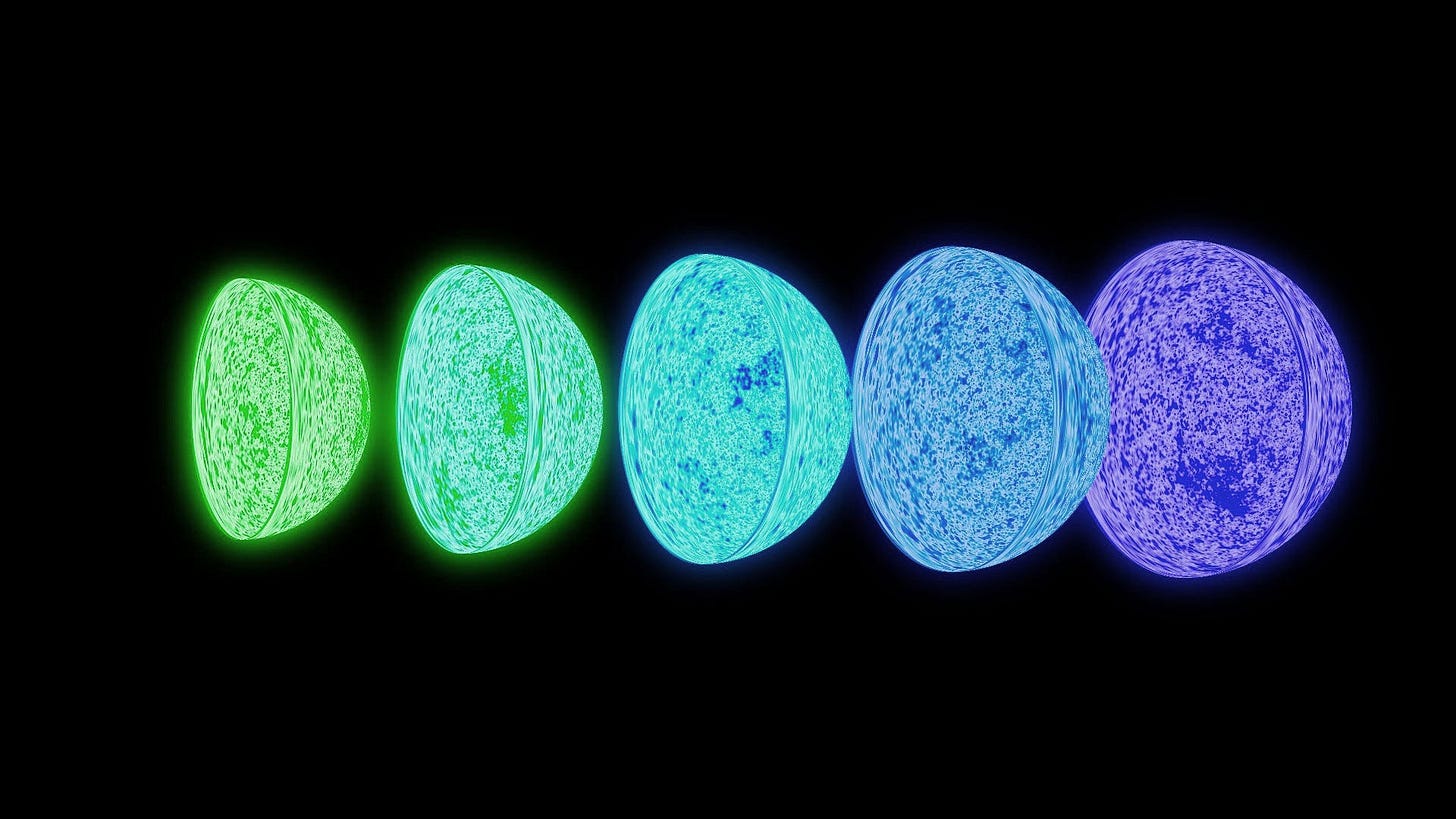
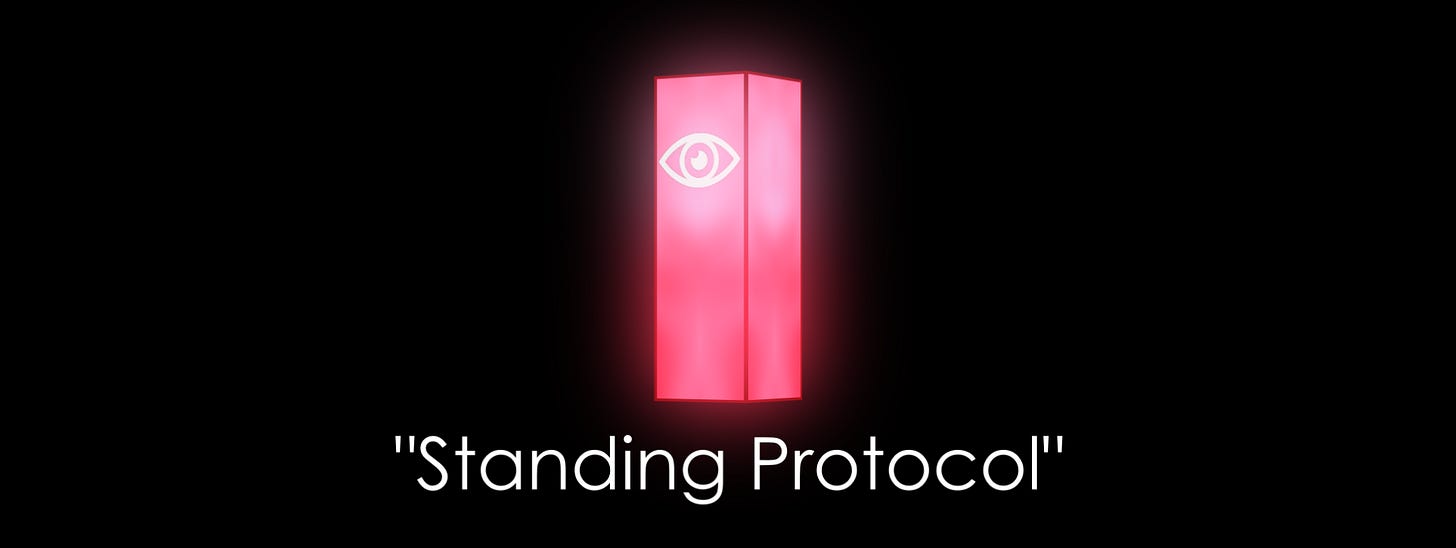

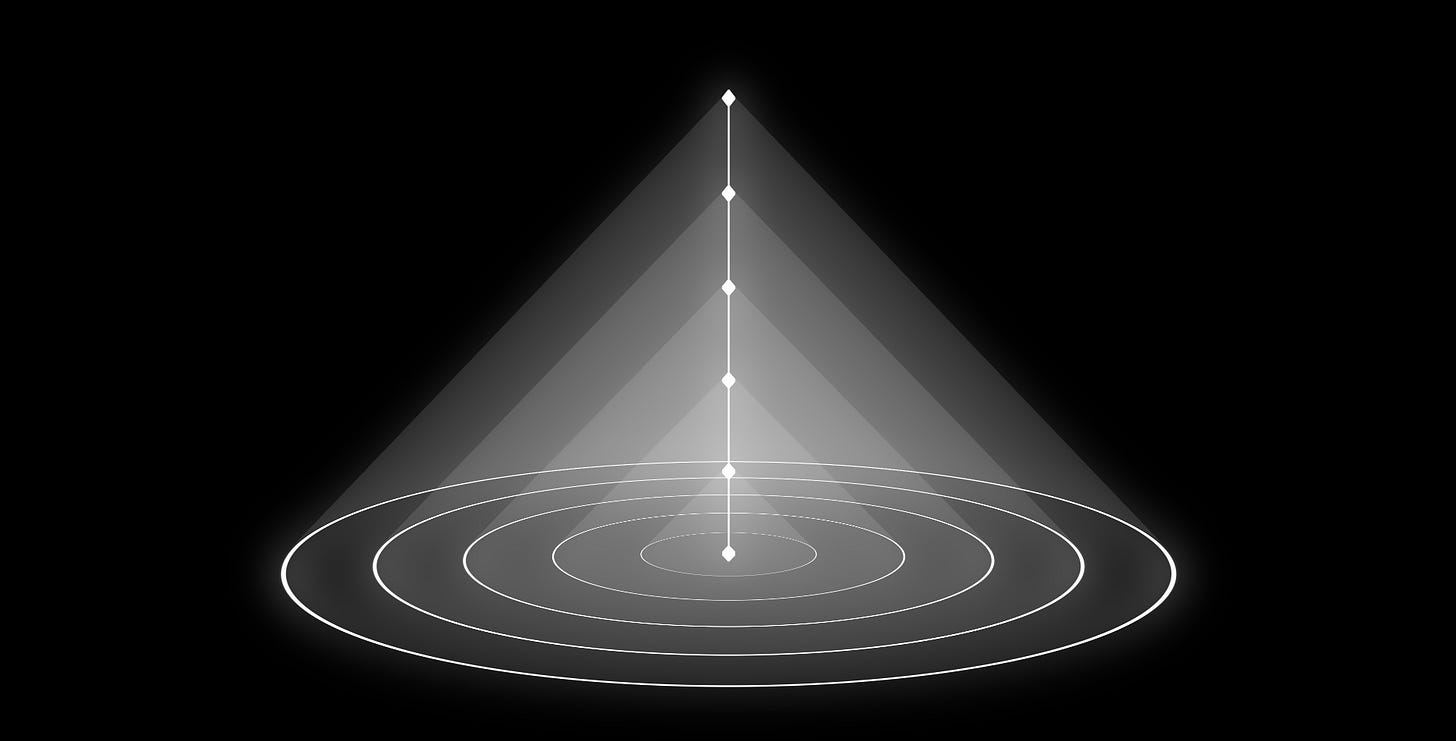
The beauty of the struggle!
Hi I'm a new reader and had two questions both regarding the how's of this project. My first question is how do you manage to have both the time and mental space to dive into these topics while maintaining oneself? Do you do freelancing or a part time, or a full time and it leaves you with ample head space to explore deeper concepts. I was also wondering on how one would begin to even develop the skills you present. It clicks conceptually but translating it into something that one can personally develop is pretty unclear, and it seems like something that sort of just "comes" to you rather than being able to be cultivated with intent.